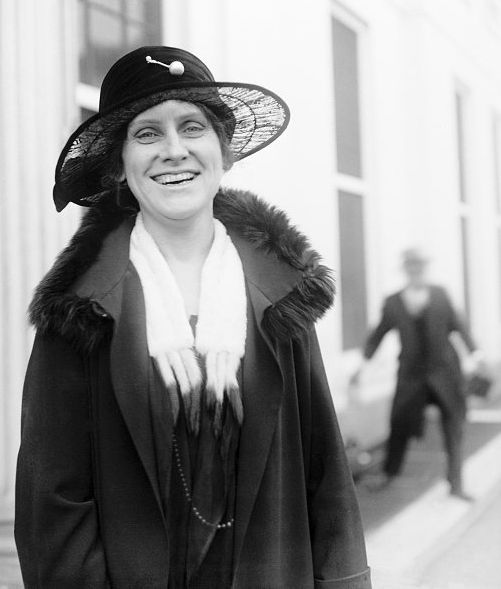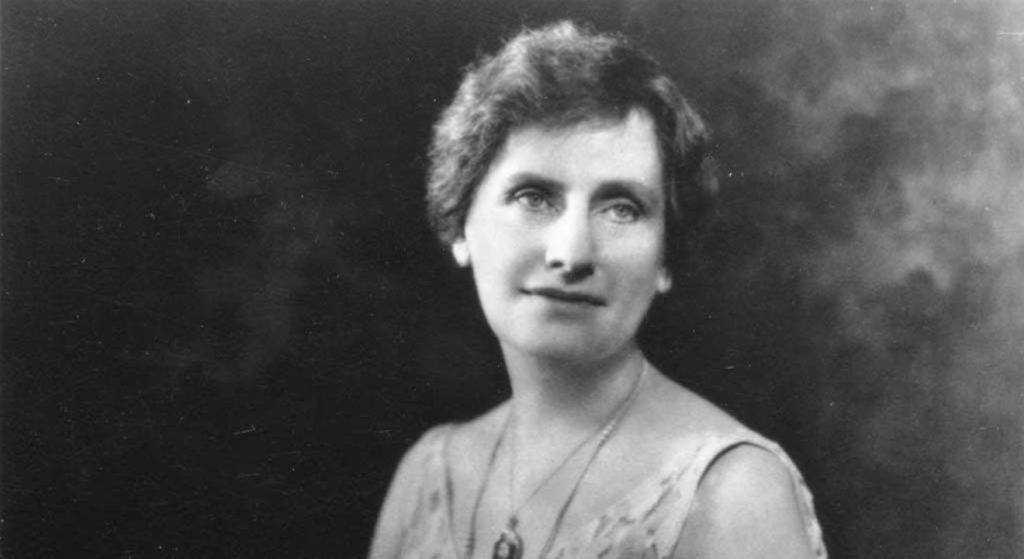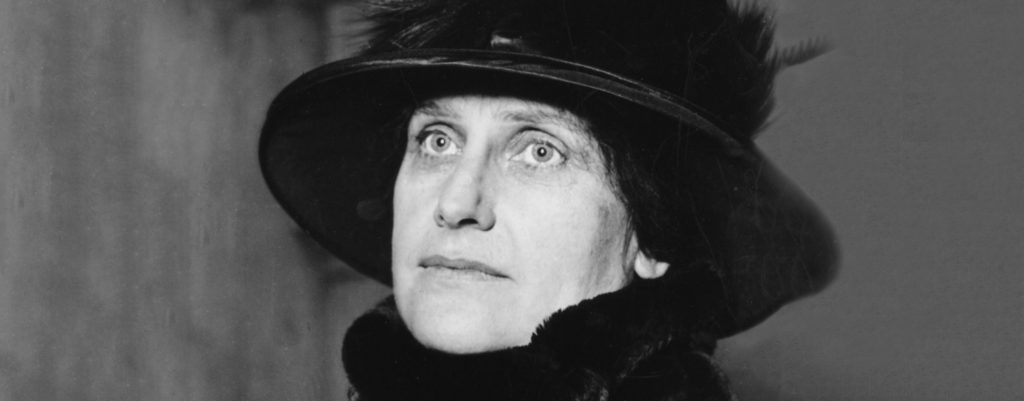Maybe this is too much of a niche memory, but try to follow me on this.
You are a kid trying desperately to keep entertained while sitting at dinner with your extended family in the only cafe in town. The waxy feeling of the tablecloths and the tape under the table to keep them in place. The books that were on every table that told Wyoming jokes and had little Wyoming-centric drawings and comics. Those little books are kind of the inspiration for this entire podcast. I know that sounds ridiculous, but stay with me here, you said you’d follow me remember?
Some of the jokes didn’t make sense to me at the time, and I understand why, now. I was a precocious hyperlexic child and those books were like candy for my little developing mind. A joke about how a Wyoming Wind Sock is really a heavy metal chain.
That also might help explain the wordy W-filled name. I love alliteration and the wind has always been an inescapable part of the State itself. For short, we can call it the Dub-five podcast.
Right! We’re on a podcast! That means I should tell you the main story about the first female governor in the US— Nellie Tayloe Ross. I’ve been calling her “Notorious NTR” since I learned about her existence. She’s an icon and I can’t wait to introduce you. First, however, let’s take a quick look at Wyoming women and their firsts.
If you’re not familiar with Wyoming at all, I’m actually pretty glad you’re listening. I love my home state and love sharing stories about its history. Wyoming was the first state to give women the right to vote! The first woman in US history cast her vote in Laramie, WY in 1870, named Louisa Swain. There’s a statue of her downtown now. Another Wyoming first is the first female justice of the peace. The first woman to serve on a jury was in Cheyenne, WY. Finally, the state itself told the US they’d “rather wait 100 years than enter the union without our women,” when told they’d have to rescind women’s suffrage to join the USA.
Wyoming became a state in 1890 and retained the rights for women to vote and hold public office. This is the Wyoming that Nellie Tayloe Ross had been living in for several years by the time of her politician husband’s untimely death.

Nellie Tayloe Ross was born in St. Joseph, Missouri in 1876. Her first job was that of an elementary school teacher in Nebraska– she primarily worked with kindergarteners. Maybe this gave her some otherworldly patience as she would follow her husband, a lawyer by trade, to the newly formed state of Wyoming out west.
Their family grew during this time, with Nellie giving birth to her eldest twins, George Tayloe and James Ambrose, in 1903. The couple would unfortunately experience the death of their third child, Alfred, in 1905. Finally, their youngest child, William Bradford, named for his father, would be born in 1912.
Her husband, William Bradford Ross, was governor of Wyoming from 1923 until his untimely death just a year later from complications with an appendectomy.
Nellie took office just a few months after her husband’s death in 1924. She had refused to campaign, as she was in mourning, but won the election easily.

She wouldn’t be the only woman to take office after her husband’s demise, as Miriam A. Ferguson would do the same in Texas just a few weeks after Ross. Nellie Tayloe Ross remains, and this fact hurts me a little inside, the only woman to serve as governor of the state of Wyoming.
And yeah, I also see how her middle name is weird, Tayloe? Even my spell check keeps trying to change it to Taylor. It’s not her middle name, though, it’s her maiden name. She was born Nellie Davis Tayloe in a time when it was common for women to keep their last name AND married name. She gained Ross and lost Davis and became the three-named powerhouse we all know and love. See, Notorious.
Ross was popular enough to win a special election to gain her gubernatorial seat. Because her politics were considered progressive, her time in office was full of upheaval and change. Ross’ platform continued her husband’s support for tax cuts, government assistance for poor farmers, banking reform, and more laws protecting children, women workers, and miners. Another cause she was passionate about was the abolishment of Child Labor. She petitioned for a federal constitutional amendment to keep kids out of the coal mines.
Nellie Tayloe Ross would lose reelection and she would say herself she believed the reason for her narrow defeat lied with her support for prohibition. A great fact about her later years is that she stayed active in politics and worked closely with those who disagreed with her on prohibition. The collaboration between her and both parties was admirable, even if she would be named the vice chairman of the Democratic Party later in life.
The other thing most people know about Nellie Tayloe Ross is that she served as the Director of the US Mint. Appointed to the title by FDR after his election, Ross served in this capacity as the first woman to hold the role, something she was likely used to by 1933. She served five full terms in the position and retired in 1953.
“Her four consecutive 5-year terms spanned the Great Depression, World War II, and the Korean War.” – said the National Mint official website-
“Mrs. Ross was responsible for several innovations in coinage manufacture, the construction of three new buildings, and management of a greatly expanded bureau,” also the mint
We have Nellie to thank for such riveting coins as:
The very notion of proof coin collections being available to the public.
“The Jefferson nickel (1938) designed by engraver Felix Schlag and the Roosevelt dime (1946) designed by mint Chief Engraver John Sinnock were engraved, minted and released during her administration.”
Nellie Taylor Ross is remembered fondly by the U.S. Mint and coin collectors around the globe, and she started her tenure in politics right here, in the barely-a-state Wyoming.

After her retirement, Ross wrote articles for women’s magazines and traveled extensively. She made her last trip to Wyoming in 1972 at age 96.
She died in Washington, D.C. in 1977 at the age of 101, and was buried in the family plot in Lakeview Cemetery, Cheyenne, Wyoming.
Today, Nellie’s grave in Cheyenne is covered with flowers and tokens of those who appreciate the first- and so far only- woman governor of the Equality State.
And that’s a little strange to me, considering I grew up as a little girl in Wyoming and felt like the world was my oyster. Where’s our next Nellie Tayloe Ross to step up and take the title?
Even into her retirement, the elegant “Lady Governor,” as she was called in popular culture, campaigned for women’s rights, progressive ideals, and more money in the pockets of poor farmers and miners. Those all seem like pretty good values to uphold in the name of Notorious NTR.









